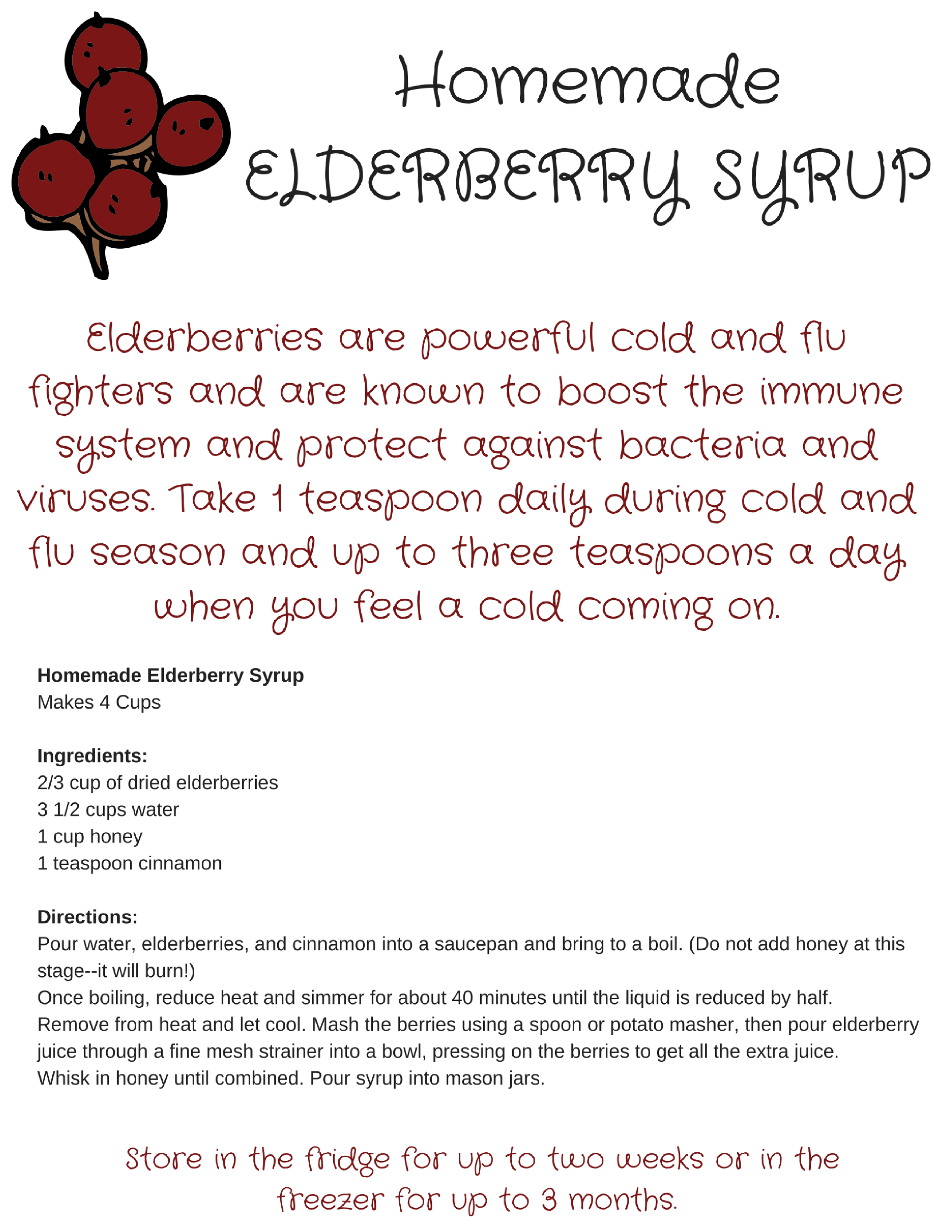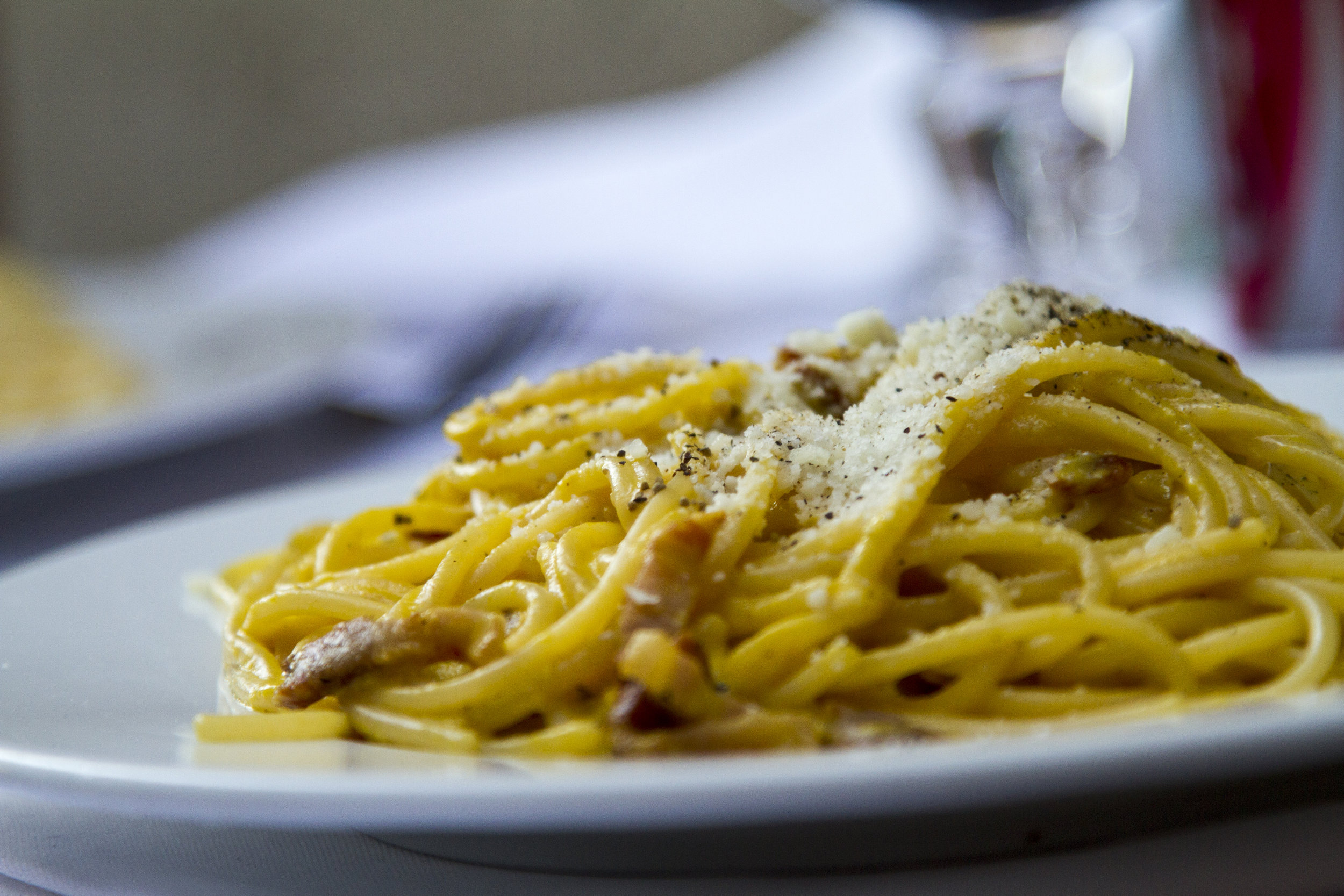Homemade elderberry syrup--plus downloadable recipe card
/Welcome to the season of gifting, also known as the season of "What the heck do I give my kid's teachers?" Even more complicated is that most kids in daycare or preschool have like 10 teachers in their classroom (damn you, excellent teacher-studio ratio!) so buying gifts for every.single.one-of-em can add up to another month of tuition. You could do another mug (I'm sure they have NONE of those) or a tray of cookies that they'll secretly curse you for as they eat their feelings over their terribly behaved students (not yours, I'm sure). Or you could do this gift that was inspired by my own son's drop off and seeing kids walk into his classroom with barking sounding coughs and runny noses:
The Ultimate Flu and Cold Fighting Kit.
Its contents include things they'll actually need: items that keep them healthy when they're surrounded by dozens of germy toddlers. Some ideas for a kit can include:
- a box of tissues
- hand sanitzer (we like the Babyganics Alcohol-Free Foaming Hand Sanitizer, Fragrance Free, On-The-Go, 50 ml (1.69-Ounce), Pump Bottle (Pack of 6)
- a recipe for chicken soup (coming soon on the blog)
- a box of herbal teas
- AND DRUMROLL PLEASE.... homemade elderberry syrup
We take elderberry syrup every morning for its potent cold and flu fighting powers. Dried elderberries are known to boost the immune system, and one study even found that elderberry syrup, taken daily, was as good at preventing the flu as the flu shot! That's some powerful stuff. Most naturopaths recommend taking 1 teaspoon a day for adults (or 1/2 teaspoon a day for kids), and then upping that to 2-3 times a day if you feel a cold coming on.
You could easily buy elderberry syrup at your local health food store or online (such as Gaia Herbs Black Elderberry Syrup, 5.4 Ounce
Elderberry syrup will last in the refrigerator for about 2 weeks, but I prefer to freeze in ice cube trays. Because it's a syrup, they don't freeze completely solid, so you can scoop out a half a cube each morning. I add them to my kids' smoothies or orange juice and I take mine straight from the spoon. For teachers, you could place syrup in small mason jars and include the downloadable file to include in your kit (scroll down to the end of the post to view).
Important Note: Because this homemade elderberry syrup contains honey, it should not be given to babies under age 1!
RECIPE: Homemade Elderberry Syrup Makes 4 Cups
Ingredients: 2/3 cup of dried elderberries. These are hard to find in store so we buy this brand on Amazon: Viva Labs Organic Elderberries, 1 lb Bag - The ULTIMATE Superfruit for Defense Syrups and Longevity Teas
3 1/2 cups water
1 cup honey such as Nature Nate's 100% Pure, Raw and Unfiltered Honey, 32 Ounce
1 teaspoon cinnamon
Directions:
Pour water, elderberries, and cinnamon into a saucepan and bring to a boil. (Do not add honey at this stage--it will burn!)
Once boiling, reduce heat and simmer for about 40 minutes until the liquid is reduced by half.
Remove from heat and let cool. Mash the berries using a spoon or potato masher, then pour elderberry juice through a fine mesh strainer into a bowl, pressing on the berries to get all the extra juice.
Whisk in honey until combined. Pour syrup into mason jars and store in the fridge for up to two weeks or in the freezer for up to 3 months.











